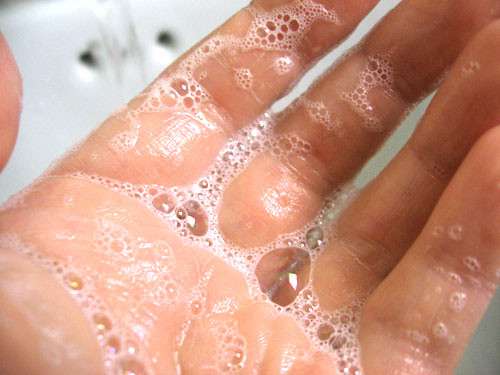
Maxillofacial prosthetics require precise, biocompatible pigmentation to create color harmony and optimize patient experience. Image Source: Unsplash user Anna Sastre
When you think of the people you love, what do you picture? Most likely, you see their faces. Our faces, more than any other part of the body, are symbolic of our identities and serve immeasurable social, psychological, emotional, and communicative purposes. So when someone is born with or acquires a facial deformity that requires prosthetic restoration, the prosthesis must be not only comfortable and functional, but aesthetically faithful to real human tissue to preserve or create a person’s unique visual character. Of particular concern is ensuring perfect color matching to create a harmonious and authentic appearance.
While color matching is an important part of many prosthetic apparatuses, never is it more significant than in the production of maxillofacial elastomers. Due to the highly visible nature of maxillofacial materials and the tremendous impact their appearance can have on a patient’s self-esteem and overall quality of life, realistic coloration is essential. As such, the base shade and subsequent pigmentation of the silicone elastomer via intrinsic or extrinsic coloring agents are chosen with the patient’s specific skin color in mind to produce a seamless match. Given the critical nature of these devices, subjective visual chromatic assessment is not enough and clinicians are increasingly turning to spectrophotometers to ensure color harmony. As researchers from the Ohio State University College of Dentistry note, “Compared with a chairside visual trial-and-error method and facial skin shade guides, instrumental colorimetric or photometric techniques … provide more consistent, reliable, and quantitative assessment of an object’s color under controlled conditions.”1 Non-contact spectrophotometric analysis offers the highest level of chromatic precision to recreate skin tones and is considered the gold standard in maxillofacial elastomer color measurement.

Sun exposure and other environmental stressors contribute to silicone degradation and color changes in prosthetics. Image Source: Unsplash user Good Free Photos


